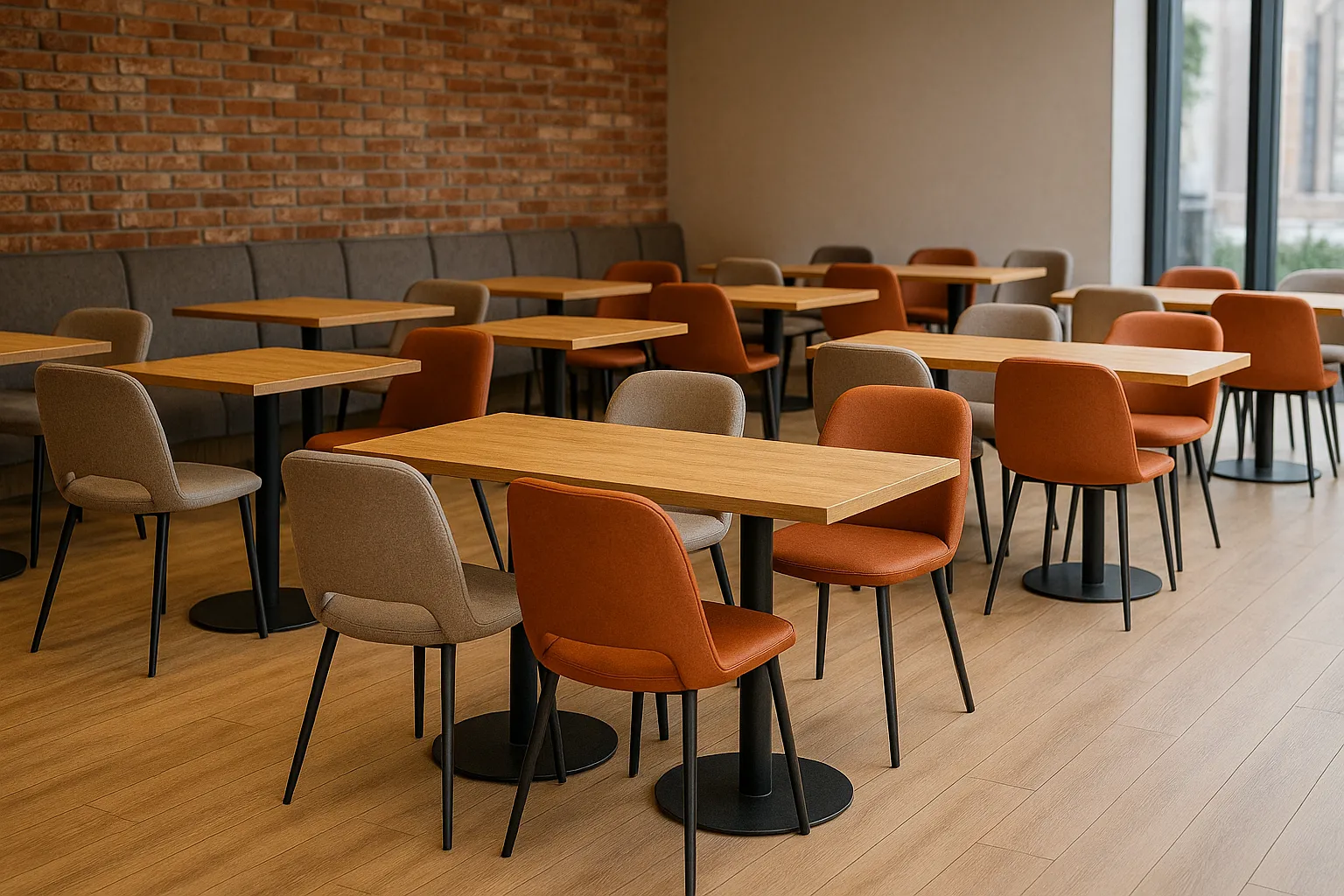In today’s digital age, most of our cherished moments are captured and stored electronically. Digital photography offers unmatched convenience, allowing people to store thousands of photos on phones, computers, or cloud storage. However, there’s something uniquely satisfying about holding a printed photo—a tangible piece of memory that doesn’t require a screen to view. While sharing photos online or storing them digitally is popular, the process to print digital photos can make memories even more meaningful. Here’s an in-depth guide to ensure you achieve high-quality, long-lasting results when printing digital photos.
Why Print Digital Photos?
print digital photos provide a physical connection to moments and memories that digital files cannot replicate. Holding a picture, framing it, or creating a photo album can evoke emotions and nostalgia in ways that viewing images on a screen simply doesn’t. Additionally, printed photos don’t rely on technology to view, making them accessible anytime. Furthermore, printed photos last longer than digital files, which can be lost or corrupted over time. With proper printing methods, photos can retain their quality for decades, preserving your memories in a tangible format for future generations.
Choosing the Right Resolution for Printing
print digital photos:When you decide to print your digital photos, one of the most critical factors to consider is resolution. Resolution refers to the number of pixels in an image, typically measured in pixels per inch (PPI). Higher resolution photos contain more detail, making them ideal for large prints, while lower-resolution images may appear pixelated or blurry when enlarged. For the best print quality, aim for at least 300 PPI for photos. For example, a 4×6 photo should ideally be 1200×1800 pixels to maintain sharpness. Adjusting resolution before printing ensures that every detail is crisp and vibrant, making the image look professional.
Printing Digital Photos: A Quick Overview
Printing digital photos transforms your digital memories into tangible keepsakes, allowing you to enjoy them beyond screens. It involves selecting the right resolution to ensure sharpness, choosing suitable paper types (such as glossy for vibrant colors or matte for a softer look), and editing images for optimal brightness and color accuracy. You can print photos at home using high-quality inkjet printers or choose professional printing services for larger sizes and unique materials like canvas or metal. Proper care, such as framing or storing in albums, helps preserve printed photos, making them last for years as treasured mementos.
Selecting the Right Photo Paper
Photo paper is crucial to achieving high-quality prints, as it influences color, texture, and durability. The main types of paper for printing photos include glossy, matte, satin, and luster.
Glossy Paper Known for its shiny finish, glossy paper enhances colors, making them more vibrant. However, it is prone to fingerprints and glare, which might be distracting in certain lighting.
Matte Paper Matte paper has a non-reflective surface, making it ideal for frames without glass. It absorbs light, reducing glare and fingerprints, though colors might appear slightly muted.
Satin and Luster These finishes offer a compromise between glossy and matte, delivering vibrant colors with a subtle shine and limited glare, perfect for professional-looking prints.
Choosing the right paper depends on the look you want. For vibrant, glossy images, choose glossy paper. If you want a classic look without the shine, go for matte.
Understanding Color Profiles
A color profile is essential for ensuring color accuracy when printing. Most devices have different color profiles, such as sRGB or Adobe RGB. Before printing, it’s essential to check the color profile to avoid color inconsistencies. sRGB is standard for online images, but for printing, Adobe RGB is often preferred due to its broader color range. Additionally, some printers and software allow you to use custom color profiles, which help match screen colors to the print. Calibrating your monitor can also help ensure that the printed photos match what you see on your screen.

Editing Photos for Print
Editing photos before printing can enhance their quality. While not everyone is a professional editor, basic adjustments can significantly improve the print result. Common adjustments include:
Brightness and Contrast Adjusting these levels ensures the photo doesn’t look too dark or washed out when printed.
Color Correction Colors may appear different on screen due to screen calibration. Color correction tools can help match colors more accurately.
Sharpening Adding a slight amount of sharpening can make details in the photo stand out, especially when enlarging. Be careful not to over-sharpen, as it can make the photo look artificial.
Cropping and Resizing Cropping lets you focus on specific parts of the image. Always resize your image to fit the print size while maintaining the aspect ratio to avoid distortion.
Using editing software, like Adobe Photoshop or free alternatives like GIMP, allows you to prepare images for the best possible print results.
Choosing the Right Printing Method
There are two main options when it comes to printing photos: home printing or using a professional printing service. Each method has its advantages, so choosing one depends on your needs and budget.
Home Printing
If you have a high-quality printer, printing photos at home can be convenient. Inkjet printers, especially those designed for photos, offer excellent quality. However, they can be costly over time due to ink and paper expenses. Here are some tips for successful home printing:
Use High-Quality Ink and Paper Invest in photo-quality ink cartridges and paper for the best results.
Set the Right Print Settings Ensure that the printer settings match your photo’s resolution, size, and paper type.
Print a Test Copy Test prints allow you to make adjustments before printing the final copy, ensuring that colors, sharpness, and brightness are perfect.
Professional Printing Services
Professional printing services are ideal for high-quality prints, especially for large sizes or unique materials like canvas or metal. These services typically have advanced equipment that ensures superior quality.
Online Print Services Many companies, like Shutterfly, Snapfish, and Printique, allow you to upload photos online and choose various print options. They ship directly to your home, which is convenient.
Local Print Shops Local shops offer face-to-face service, which is helpful for specific requirements. You can discuss options with the staff and view sample prints before making a decision.
Professional services are generally more reliable for quality, but they come at a higher cost compared to home printing.
Printing on Unique Materials
Besides traditional photo paper, you can print digital photos on various materials like canvas, metal, or wood. These options are popular for home decor and gift purposes.
Canvas Prints These prints offer a textured, artistic look, resembling a painting. They are popular for wall decor and come in various sizes.
Metal Prints Printing on metal gives photos a modern, glossy look with excellent color depth. Metal prints are durable, moisture-resistant, and suitable for areas like bathrooms or kitchens.
Wood Prints This method gives a rustic appearance, as the wood grain can subtly show through the photo, adding an artistic element.
Each material offers a different aesthetic, allowing you to tailor your prints to match your decor style or preferences.
| Paper Finish | Characteristics | Best For |
|---|---|---|
| Glossy | Shiny, vibrant colors, prone to glare and fingerprints | Color-rich photos, high-contrast images |
| Matte | Non-reflective, muted colors, minimal glare | Classic look, framed photos without glass |
| Satin | Subtle shine, balanced colors, minimal glare | General photo prints, everyday display |
| Luster | Soft gloss, textured surface, reduced fingerprints | Professional-quality prints, portraits |
Maintaining Printed Photos
Once you print digital photos, proper care is essential for longevity. Here are tips for preserving your printed photos:
Use Frames and Protective Covers Placing photos in frames protects them from dust, moisture, and UV exposure.
Store in Photo Albums or Boxes For photos not on display, acid-free photo albums or storage boxes prevent yellowing and fading over time.
Avoid Direct Sunlight and Humidity UV rays and humidity can damage photos, causing fading and warping. Display photos in areas away from direct sunlight and use climate-controlled storage if possible.
Handle with Care Always hold photos by their edges to avoid fingerprints.
These measures ensure that your printed photos remain in excellent condition, preserving their beauty for years to come.
Creating Photo Albums and Scrapbooks
Photo albums and scrapbooks are creative ways to organize and display printed photos. Many people enjoy assembling themed albums, such as travel or family albums, to relive special moments. When creating a photo album:
Choose a Theme Selecting a theme for the album allows for a cohesive look.
Add Captions and Notes Captions add context to each photo, making the album more personal.
Use Acid-Free Materials Choose acid-free paper, adhesives, and albums to prevent photo degradation.
Scrapbooking adds an extra layer of creativity by incorporating decorations, textures, and designs, making your photo album a work of art.
Printing digital photos is an enriching way to preserve cherished memories in a format that can be held, displayed, and enjoyed for years. Whether you’re printing at home, using professional services, or exploring unique materials like canvas or metal, the steps you take to ensure high-quality results make a significant difference. With careful planning, selecting the right paper, editing photos, and choosing suitable materials, you can transform your digital files into tangible keepsakes that capture the essence of each moment.




